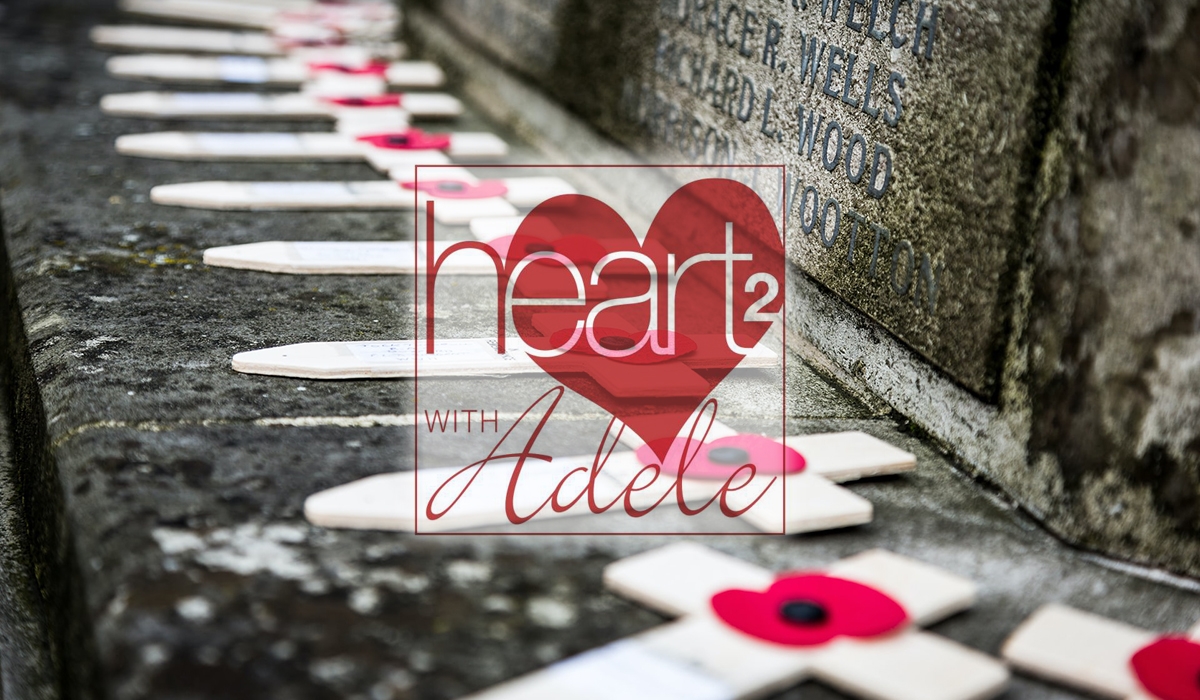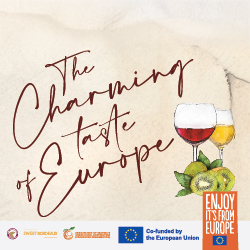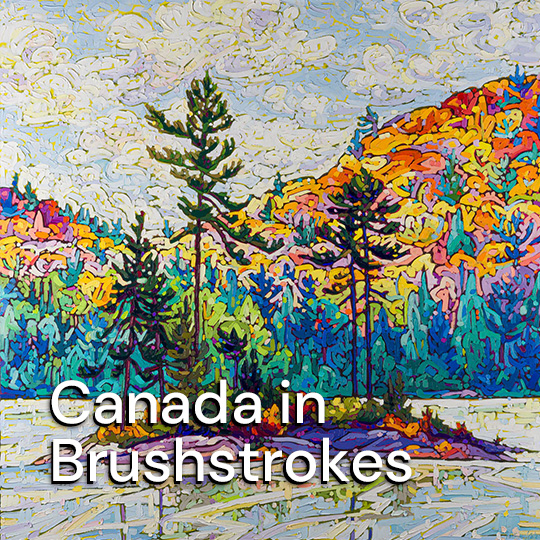
Remembering Remembrance Day with your children
Question:
Dear Adele,
November 11 is fast approaching. We are looking for ideas to commemorate Remembrance Day with our older children and teenagers. Can you help?
Grateful
Answer:
Dear Grateful,
Kudos to you for thinking about this extremely important day in Canada and looking for ways to educate your children about the sacrifices of others for our freedom. Schools usually do a superlative job organizing services, speakers and educational activities for this day. However, given the limitations on our teachers with the coronavirus, I think it wise that parents try to do something at home this year. I will share a few ideas with you and hopefully you can use some of them.
1: A short historical summary about WW 1 and Remembrance Day might be helpful to share with your youngsters.
In 1914, Europe was a tinderbox ready to explode. The major powers in Europe were split into two camps-the Triple Entente (Great Britain, France and Russia) and the Triple Alliance (Germany, Austrian-Hungarian Empire and the Turkish Empire) The catalyst for the war was the assassination of Arch Duke Ferdinand of Austria by a Serbian. Austria declared war on Serbia. Germany and Turkey supported Austria. Britain and France supported Russia. Canada was part of the British Empire and automatically joined the war.
Canada’s role was to support Britain. Approximately 600,000 Canadian soldiers, nurses and chaplains served. About 61,000 Canadians died and 172,000 were wounded. The war drew to a close in 1918 when the Western Allies pushed the Germans to the German border and they surrendered.
Remembrance Day was first observed in 1919 throughout the British Commonwealth. It was originally called Armistice Day and was commemorated on November 11 at 11 a.m. The name changed to Remembrance Day in 1931. We now celebrate November 11 to honour and remember Canadian citizens who served or are serving Canada in war and peace. 2,300,000 Canadians have served in Canada’s history and 118,000 died. The poppy is the symbol of Remembrance Day and replicas are sold by the Royal Canadian Legion to assist veterans in Canada. November 11 is a federal statutory holiday.
2: For children under 12 you might consider reading and discussing the following books: A Poppy to Remember by Heather Patterson, In Flanders Field by Linda Granfield and Janet Wilson, Blowing in the Wind by Bob Dylan and John J Math or Where Poppies Grow by Linda Granfield.
3: Letter writing to veterans or to our Armed Forces members is a good activity to express gratitude and to get children thinking about the contributions of military servicemen and women. This activity could be preceded by a discussion on the topic and the letters could be sent to long-term care homes, retirement homes or a local newspaper.
4: A drive to a war memorial, a visit to the Canadian War Museum in Ottawa or taking in the National Remembrance Day Service on television at 11 a.m. on November 11, could be suitable activities.
5: Artwork is always enjoyed by younger children and some good Remembrance Day art projects can be found online at a site entitled Remembrance Day activities for kids.
6: The poem ‘In Flanders Fields’ by Lieut. Col. John McCrae is suitable to teach children eight and up. Dr. McCrae was a Canadian Army doctor born in 1872. He enlisted in World War I in 1914 and in 1915 had a friend killed in action. His famous poem symbolizes the sacrifice of those fighting during World War I. The poem can be found online, handwritten and typed.
7: A website listed as ‘Best war movies for children’ by Movies for Kids, suggests Private Peaceful, Warhorse, and The Book Thief for 12 and up. For slightly younger children the Diary of Ann Frank, The Railway Children, Valiant and The Empire of the Sun might be useful. For older teenagers Dunkirk, Schindler’s list, Saving Private Ryan and Lawrence of Arabia are excellent films.
My favourite movie choice for Remembrance Day for teenagers would be the 2020 film entitled ‘1917’. The film won all kinds of recognition including the Academy Award for Best Visual Effects, the Golden Globe for Best Film, the Golden Globe for Best Director and and the Academy Award for Best Cinematography, to name a few. 1917 tells the story of two very young British soldiers who are given a nearly impossible task carrying a message through enemy territory to save some 1600 soldiers, including a brother. The protagonists are wonderful role models of courage and perseverance in this powerful, realistic, action-packed movie depicting the horrors of World War I. It sends a wonderful message regarding heroism and the senselessness of war.
The film rating is ‘R’ because of violence, some distressing images and a bit of foul language so be forewarned. You might want to review the movie first before watching it with your teenagers to decide if your youth are mature enough to handle it with your guidance. The Common-Sense Media Kids Review says it is suitable for ages 13 and up.
Should you choose this activity please feel free to use some of the following questions to stimulate discussion of the film:
- What did you learn about the lifestyle of a soldier during World War I?
- How did the characters show courage?
- Would you volunteer to be a soldier in a similar situation? Why or why not?
- What were the costs of the war?
- What are the alternatives to war?
- Why should we remember to be grateful to our forebearers who participated in World War I?
- A final idea to leave you with for older children and teens is to have a round table discussion on the meaning of some famous quotations about war. You could copy these out on cards and your family could each select one or two and run a discussion on the quote each individual has chosen. Depending on the maturity of your crowd you might only get to the first one, or perhaps chat about all five with a time limit of 10 minutes or so per quote.
“War is what happens when language fails.” — Margaret Atwood
“The true soldier fights not because he hates what is in front of him, but because he knows what is behind him.” — G.K. Chesterton
“The supreme art of war is to subdue the enemy without fighting.” — Sun Tzu. The Art of War
“All war is a symptom of man’s failure as a thinking animal.” — John Steinbeck
“If everyone fought for their own convictions there would be no wars.” — Leo Tolstoy ‘s War and Peace
My very best to you Grateful in educating your children to remember and appreciate the sacrifices of the Canadians who have served and who are serving now, to keep us safe and free.
Sincerely, Adele
Photo: Ian Taylor, Unsplash










